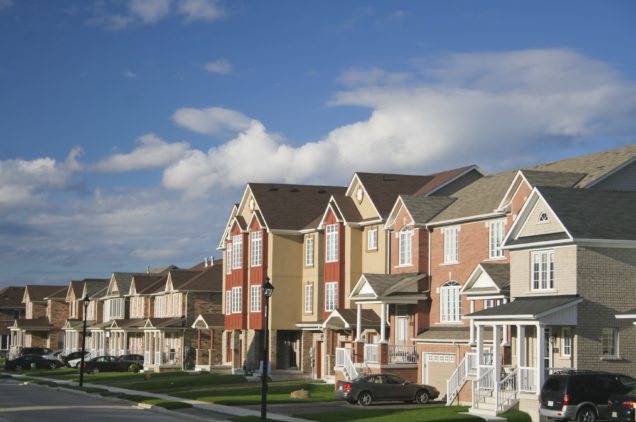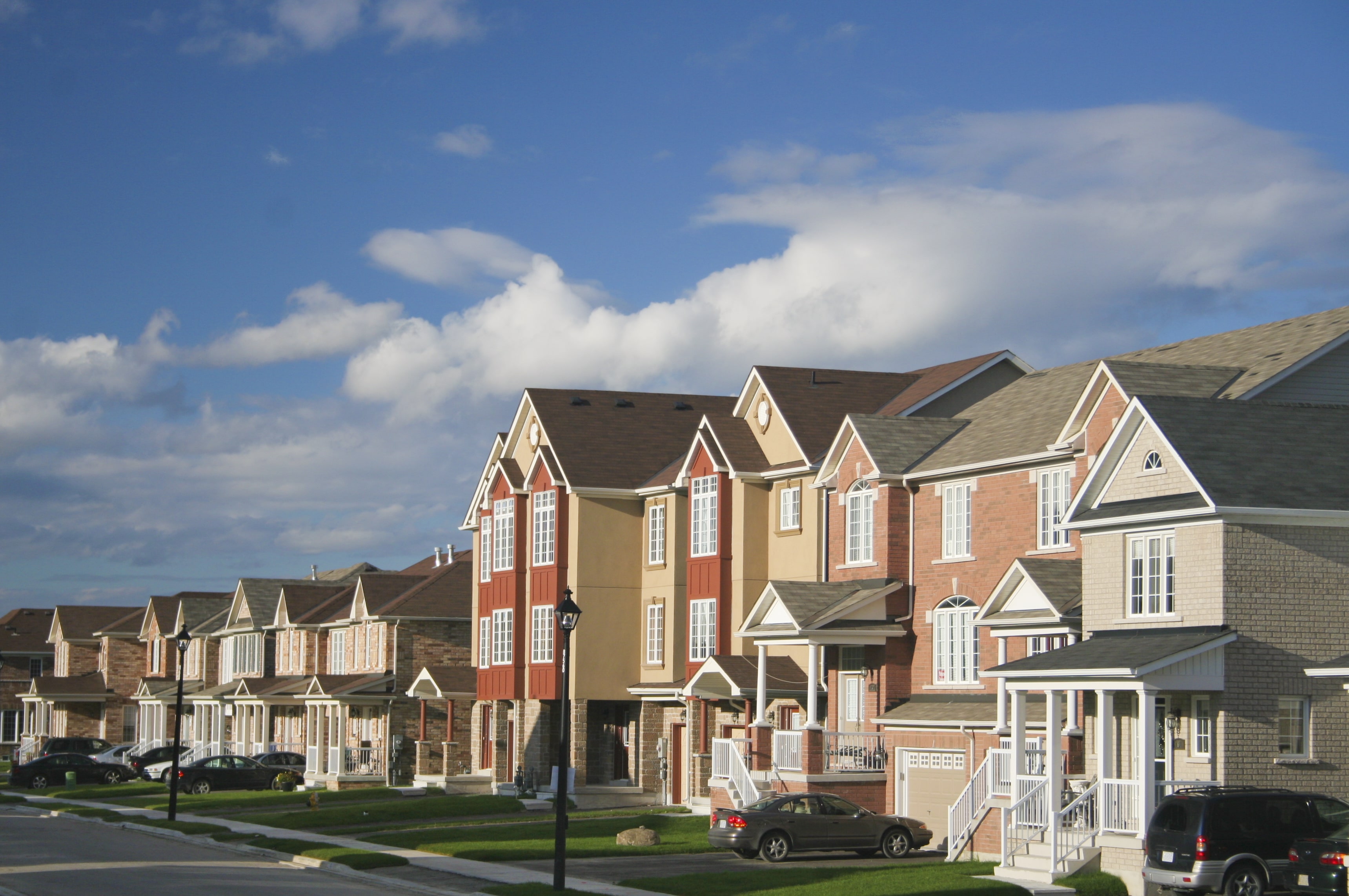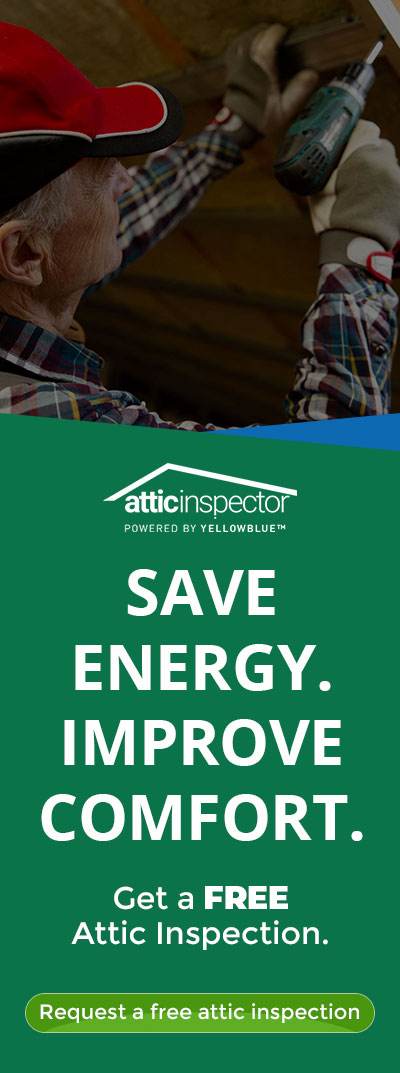Last updated: 8/13/2019
When you’re unsure of a solution, it’s best to turn to the experts.
In a recent article published on the Home Energy Pros website, a collection of building scientists spoke on what they consider the most important aspects of a healthy home. Their response? It’s all about sealing.
“When I talk to my heroes in the industry, they almost always say that when you’re looking to boost comfort, first focus on control,” Stephen Rardon, an HVAC contractor and owner of Rardon Home Performance, told Home Energy Pros. “If you have control of your environment you’ll be able to keep it comfortable.”
So what does it really take to control the comfort levels of your home? These experts weighed in.
No Single Antidote
According to the professionals, there simply isn’t one answer to every homeowner’s energy saving and comfort-maximizing problems. Each home might need something slightly different than the last one. But there are means to effectively minimize the impact that nature has on your home.
As described by Allison Bailes, the co-founder of Energy Vanguard with a Ph.D. in Physics, the problems need to addressed on a macro-scale.
“Building science is really about focusing on the big picture,” Bailes wrote. “We need to know which direction heat, air, and moisture are likely to flow. In analyzing failures, we can rely on that direction of flow to help us understand what happened.”
Bailes detailed the importance of healthy home comfort and its relationship to thermodynamics in a late 2017 blog post that received widespread distribution throughout the industry. In short, she points to the second law of thermodynamics as the key to understanding your home’s temperature levels.
In layman’s terms, the law states that differences in temperature, pressure, and density tend to even out across an area over time. So the heat inside your home is naturally going to try and escape your home’s envelope, while the cold air outside looks to get in.
So how do you battle a law of nature? While you can’t stop it, you can limit it with the right home insulation and air sealing methods.
Air Sealing
The experts all agreed in the Home Energy Pros article: when it comes to regulating home temperature, you need to take more action than toggling your thermostat.
“Nine times out of ten, the items on the top of the list are related to air sealing. As we say – seal tight, ventilate right,” Matt Patmon, BPI-certified, owner of Triangle Radiant Barrier in North Carolina said.
Air sealing in practice may initially draw looks of confusion from homeowners — where do you even start?
Check Your Attic
“Most attics have pull-down stairs,” Rardon shared. “The attic hatch is always an easy go-to air sealing opportunity. I’m extremely surprised when I see an attic hatch that isn’t leaking.”
These are the locations that most commonly exhibit air sealing issues. These issues can rack up the costs quite quickly, with your home’s energy bill bearing the brunt of the burden.
Because of the thermodynamic law mentioned earlier, your attic is likely going to be receiving the most drastic temperature conditions of any room in your house. On top of that, the area is often considered one of the biggest air leakage hazard areas throughout the entire home.
If you’re looking to improve your attic’s air sealing, you have a few different options. The most immediate solution is weatherstripping, although that may not last as long or seal up as much as you’d like. To get the most savings possible, look into revamping your insulation methods.
Check Down Below
Additionally, home’s can lose a lot of energy through poorly constructed crawl spaces or basements.
In the same vein as your attic’s issues, crawl spaces tend to let out the most energy through their openings. Whether it be a drop-down hatch or a loose door, the energy your home is using gets lost in the cracks. The experts interviewed in the article above all agreed that crawl spaces are a constant location for energy-saving improvements.
Basements can also cost homeowners more than they anticipate when they are improperly insulated or ventilated. On top of losing out on energy, bad ventilation can lead to toxins like mold and radon growing underneath your own nose. Even if you only use your basement for storage, it’s important to check in and ensure that the sealing methods are up to a professional standard and that the air flow is healthy.
Looking To Improve?
Contact yellowblue today to see what we can do to improve your home’s insulation and air sealing issues.




